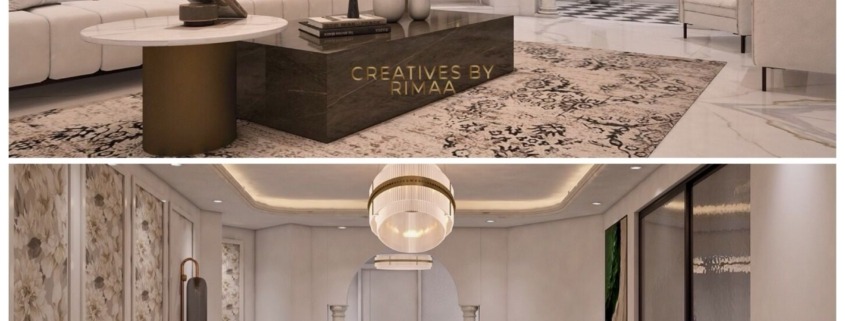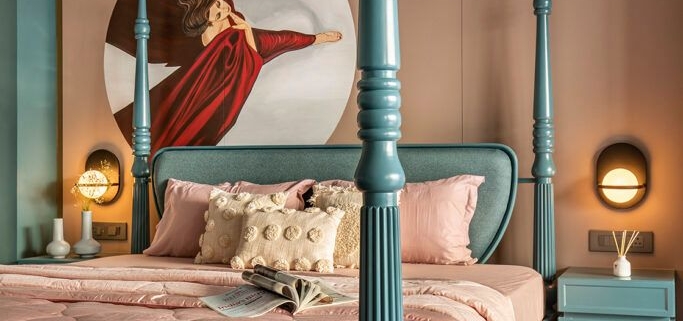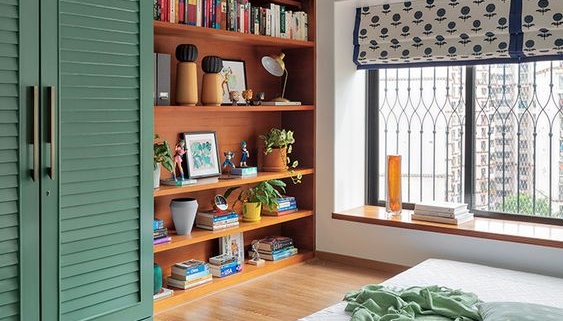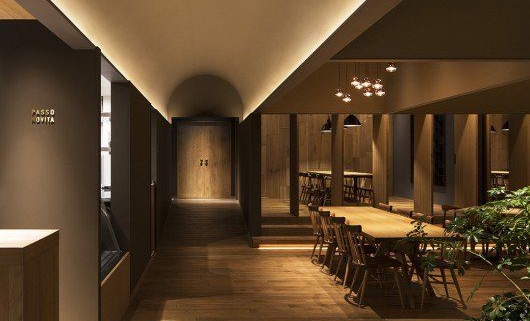From Grandma’s Attic to Chic Abode: The Resurgence of Vintage Vibes
Remember the thrill of rummaging through your grandparents’ attic, unearthing forgotten treasures like a chipped porcelain doll or a dusty gramophone? Vintage interior design capitalizes on that very sentiment, weaving the charm of the past into the fabric of modern living.
Gone are the days of sterile, cookie-cutter spaces. Today’s design scene embraces the unique stories and character that vintage and antique pieces bring. A well-placed antique armoire adds a touch of old-world elegance, while a mismatched set of vintage chairs injects personality and a sense of lived-in comfort.
The beauty of this trend lies in its versatility. You can curate a space that whispers of a specific era, like the glamour of Art Deco or the rustic charm of farmhouse chic. Or, you can create an eclectic mix, blending elements from different periods for a truly unique and personal aesthetic.
This resurgence isn’t just about aesthetics; it’s a conscious move towards sustainability. Vintage pieces are often crafted with superior materials and built to last, a stark contrast to the fast-furniture culture of today. Owning a vintage treasure is not just about style; it’s about embracing the history and soul embedded within each piece.
So, the next time you’re tempted by the latest trends, consider venturing down the path of vintage. You might just discover a hidden gem that not only elevates your space but also tells a captivating story within your own home.




